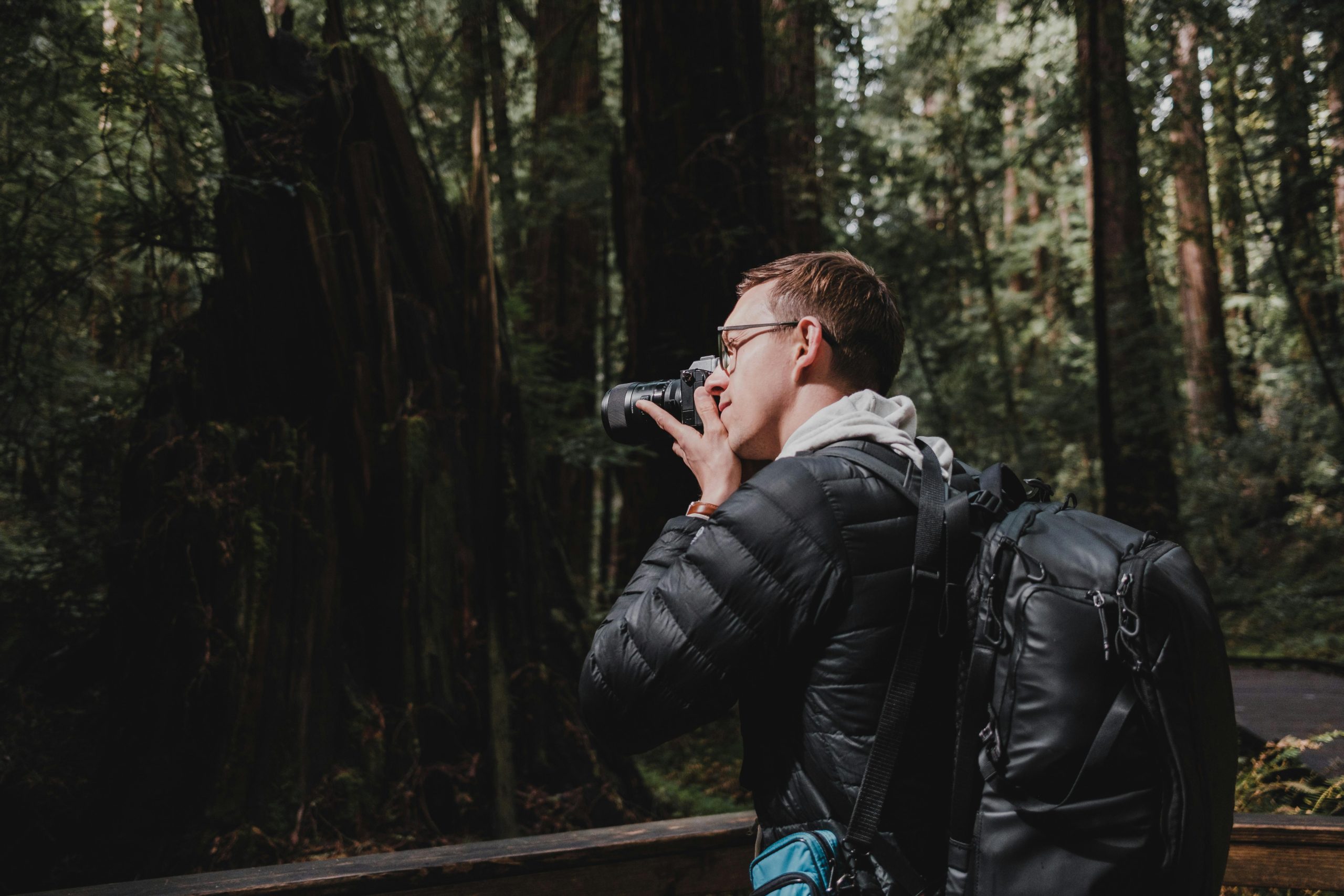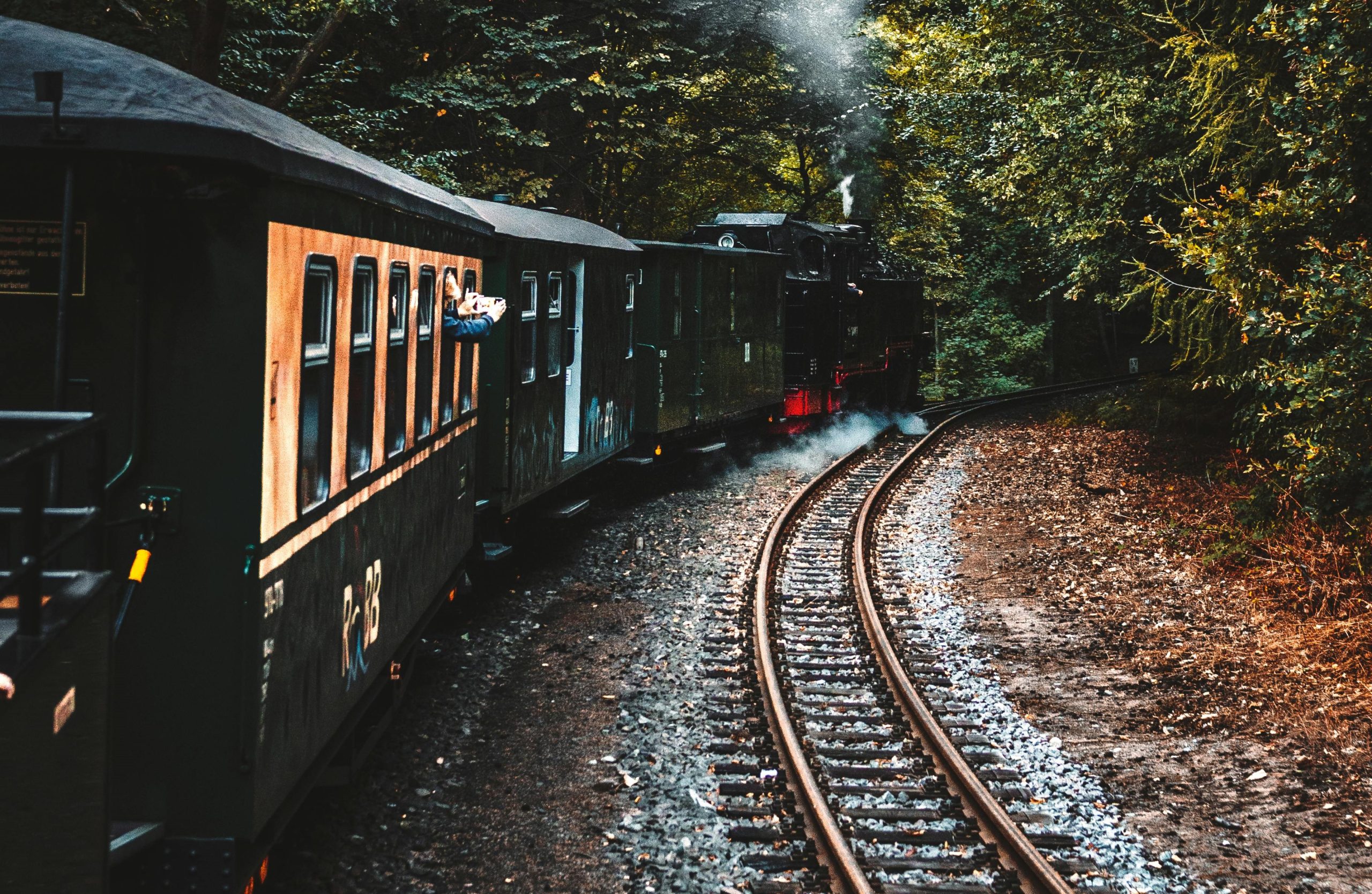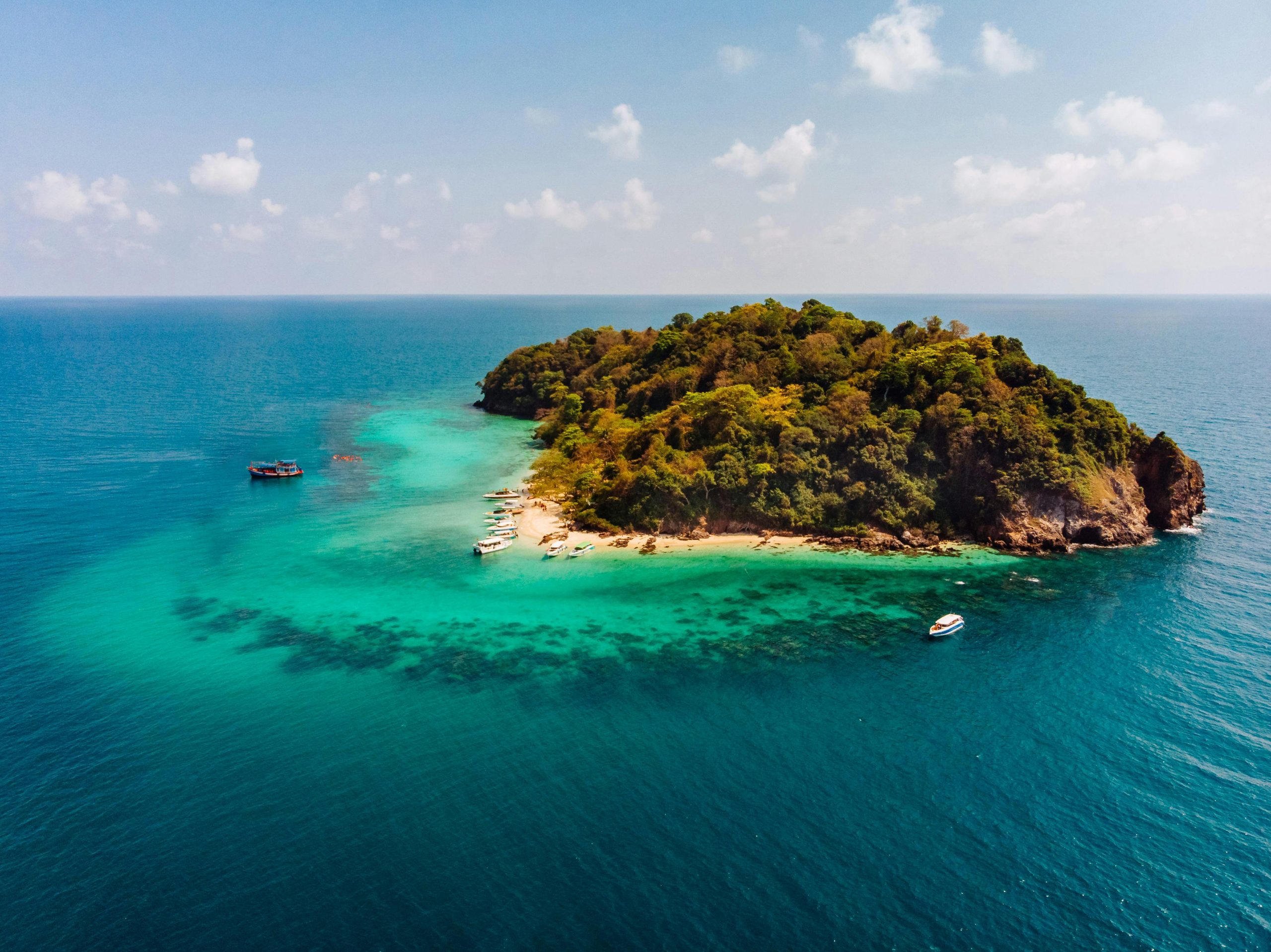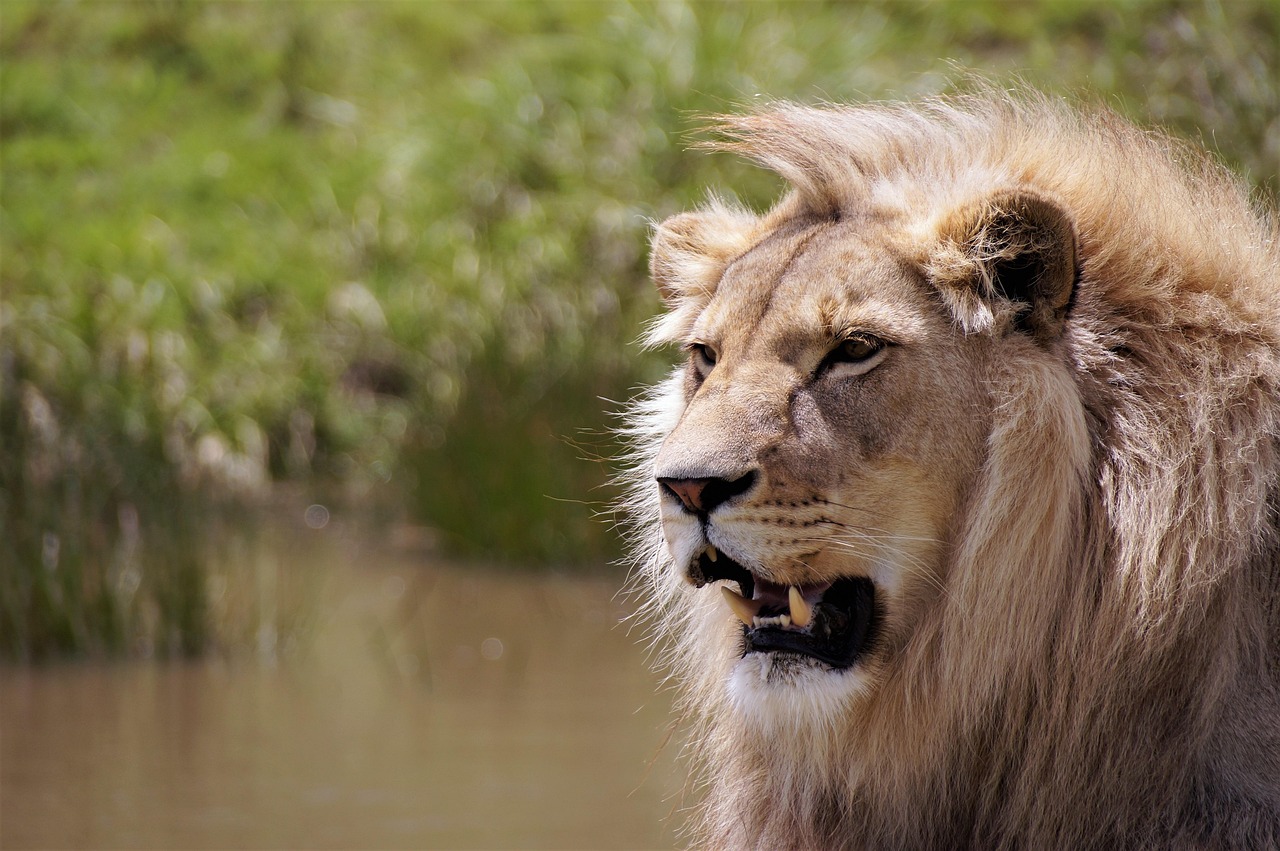By Gladys Mutie
Travel photography is more than just snapping pictures; it’s about capturing the essence of a journey, the beauty of different cultures, and the moments that tell a story. Whether you’re a seasoned photographer or just starting out, knowing how to capture stunning travel photos can enhance your travel experience and create lasting memories. In this article, we’ll explore essential tips for capturing breathtaking images, recommend the gear to elevate your photography, and share editing tips to bring your photos to life.
Preparing for Your Trip
Research Your Destination
Before you even pack your bags, it’s crucial to research your destination. Understanding local culture, traditions, and significant landmarks can help you capture meaningful moments. Utilize photography blogs, Instagram, and Pinterest to discover popular spots and hidden gems. Seasonal considerations are equally important; different times of year can drastically alter landscapes and lighting conditions.
Creating a Shot List
Consider creating a shot list once you have a sense of the best locations. This doesn’t mean you should be rigid—flexibility is key in travel photography. However, having a list can help ensure you don’t miss out on capturing iconic views or unique cultural experiences. Think about what moments are most important to you, whether it’s local festivals, scenic vistas, or street scenes.
Gear Recommendations
Camera Options
The choice of camera can significantly impact the quality of your travel photos. DSLRs offer versatility and high image quality, while mirrorless cameras are compact and lightweight, making them ideal for travel. If you prefer something less bulky, consider a high-quality compact camera that still delivers great performance.
Lenses to Consider
Selecting the right lenses can make a world of difference. A wide-angle lens is perfect for capturing expansive landscapes and cityscapes, while a telephoto lens allows you to photograph wildlife or distant subjects without disturbing them. For versatility, a zoom lens can cover various focal lengths, reducing the need to switch lenses frequently.
Essential Accessories
Don’t forget the accessories! A sturdy tripod can be invaluable for low-light situations or long exposures. Extra batteries and memory cards are essential for longer trips, as running out of storage or power can be frustrating. Additionally, consider investing in filters, such as polarizing filters to reduce glare and ND filters for long exposure shots in bright conditions.
Mobile Photography Gear
If you prefer traveling light, your smartphone can be a powerful tool for photography. Several apps, like Snapseed or Lightroom, are available for editing on the go. You can also enhance your mobile photography with attachments like clip-on lenses or portable tripods.
Techniques for Capturing Stunning Photos
Composition Tips
Composition is key to creating captivating images. The rule of thirds is a fundamental guideline; imagine dividing your frame into thirds both horizontally and vertically, and place your subject along these lines or at their intersections. Leading lines can draw the viewer’s eye into the scene, while creative framing techniques can add depth and interest to your photos.
Lighting Considerations
Lighting can make or break a photograph. Aim to shoot during the golden hour—shortly after sunrise or before sunset—when the light is soft and warm. The blue hour, just before dawn or after sunset, also offers a magical quality of light. Pay attention to how light interacts with your subject and adjust your shooting position to capture the best possible exposure.
Capturing People and Culture
Travel photography often involves documenting people and their stories. When photographing individuals, consider capturing candid moments that reflect genuine emotions. Always be respectful of local customs and ask for permission when necessary. This not only fosters a sense of trust but also leads to more authentic images.
Experimenting with Different Styles
Don’t hesitate to experiment with various photography styles. Landscape photography can highlight breathtaking vistas, while portrait photography allows you to connect with local individuals. Street photography can convey the vibrancy of a city, capturing everyday life in action. Each style offers unique opportunities to tell a story through your lens.
Editing Your Travel Photos
Editing Software Options
Post-processing can elevate your images to new heights. Popular software like Adobe Lightroom and Photoshop offer powerful editing capabilities. For mobile editing, apps like VSCO and Snapseed are user-friendly and highly effective.
Basic Editing Techniques
Start with basic adjustments: crop your images to enhance composition, straighten horizons, and tweak exposure, contrast, and color balance. These small adjustments can significantly improve your photos.
Advanced Editing Tips
Once you’re comfortable with the basics, explore more advanced techniques. Using presets and filters can help create a cohesive look across your travel photos. Retouching can enhance details, while selective adjustments can draw attention to specific areas of an image.
Maintaining a Consistent Style
Developing a unique editing style is crucial for branding your photography. Consistency in color grading, contrast, and composition can create a recognizable signature for your work, making it stand out in a crowded digital space.
Sharing Your Travel Photography
Choosing the Right Platform
Decide where you want to share your work. Social media platforms like Instagram are great for reaching a wider audience, while personal blogs allow for deeper storytelling. An online portfolio can showcase your best work and attract potential clients.
Engaging with Your Audience
Captions and stories can add depth to your images. Share anecdotes or insights about your experience to engage your audience. Using relevant hashtags and tagging locations can increase your visibility and connect you with fellow travelers and photographers.
Ready to take and document the trip of a lifetime? Contact Us to plan an unforgettable adventure.
FAQs
What is a Photography Portfolio?
A photography portfolio is a curated collection of an artist’s best work, showcasing their skills, style, and versatility in photography. It serves as a visual resume for photographers, often used to attract clients or exhibit their talent.
What equipment do I need for travel photography?
A good camera (DSLR, mirrorless, or even a high-quality smartphone), versatile lenses, a sturdy tripod, extra batteries, and memory cards. Don’t forget a lens cleaning kit!
How can I improve my travel photography skills?
Practice regularly, study composition techniques (like the rule of thirds), experiment with different lighting conditions, and analyze your favorite photographers’ work.
What are the best times to take photos while traveling?
The “golden hour”—shortly after sunrise and before sunset—provides the best natural light. Midday light can be harsh, so look for shaded areas or use a polarizing filter.
How can I make my travel photos more compelling?
Look for interesting compositions, use leading lines, and incorporate foreground elements. Telling a story through your images can make them more engaging.






